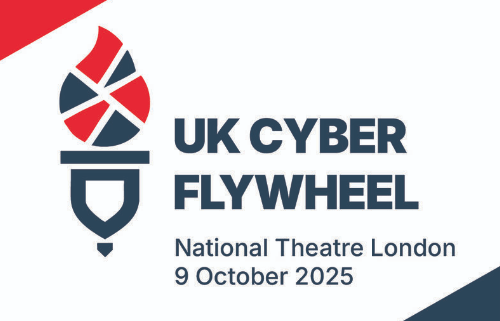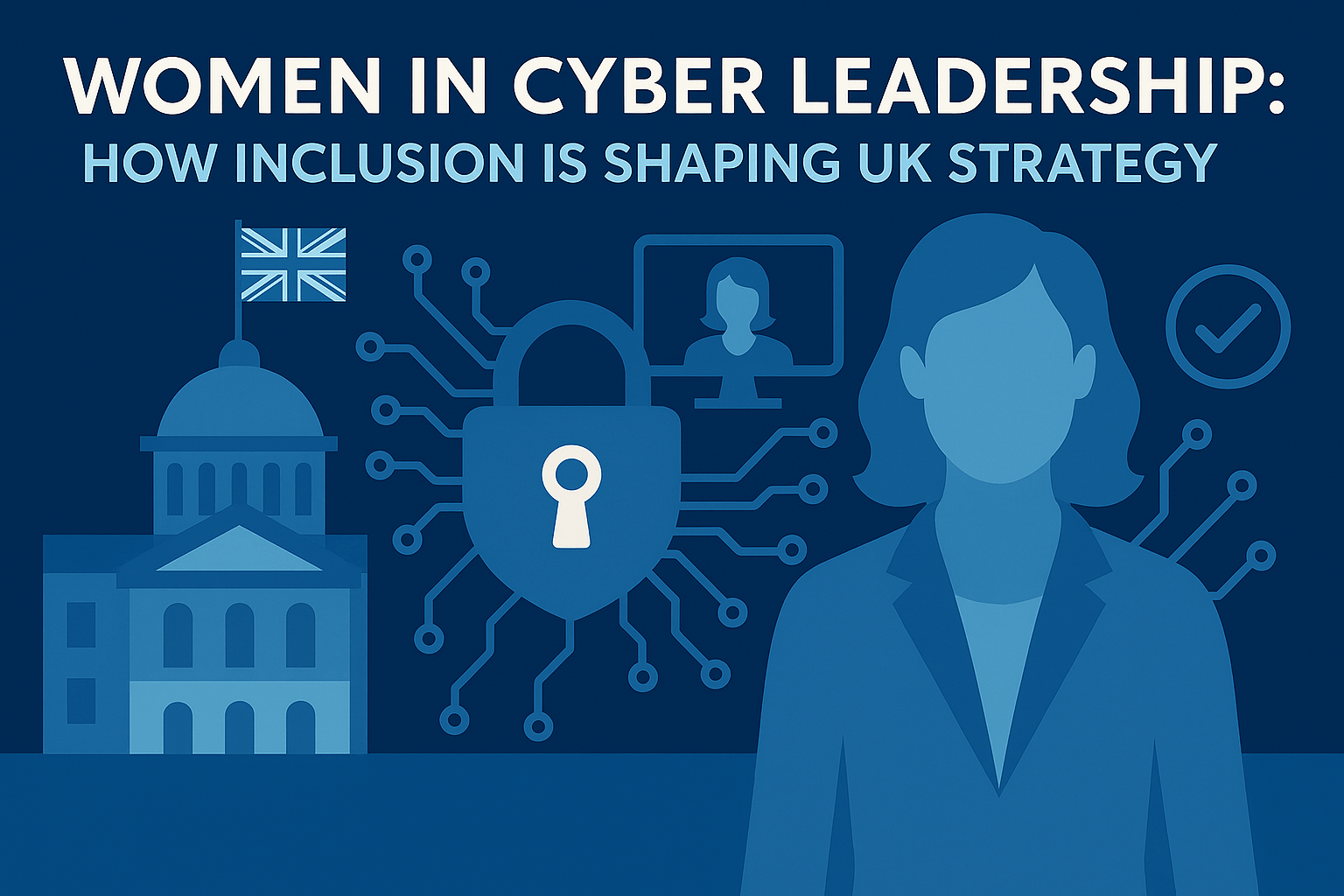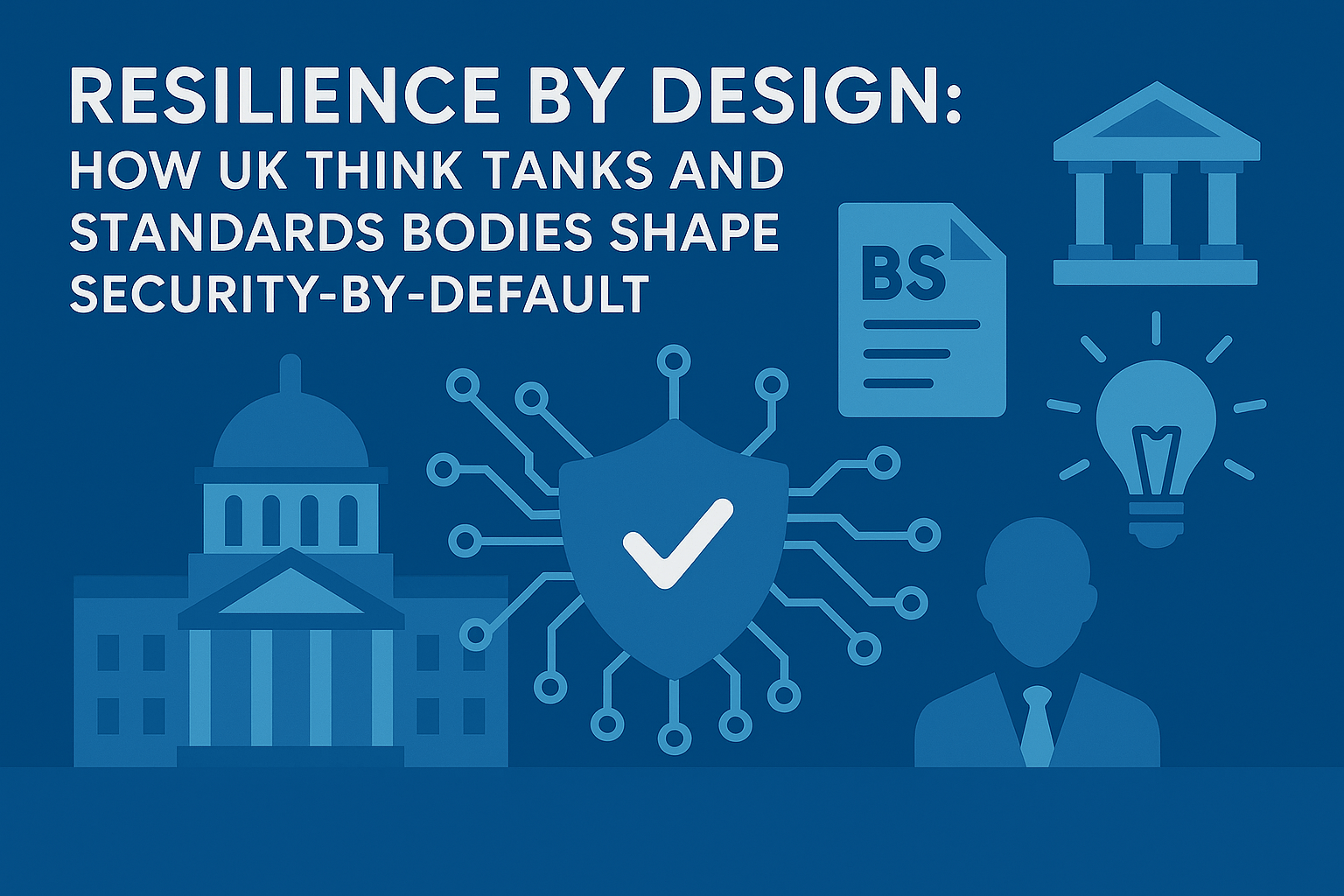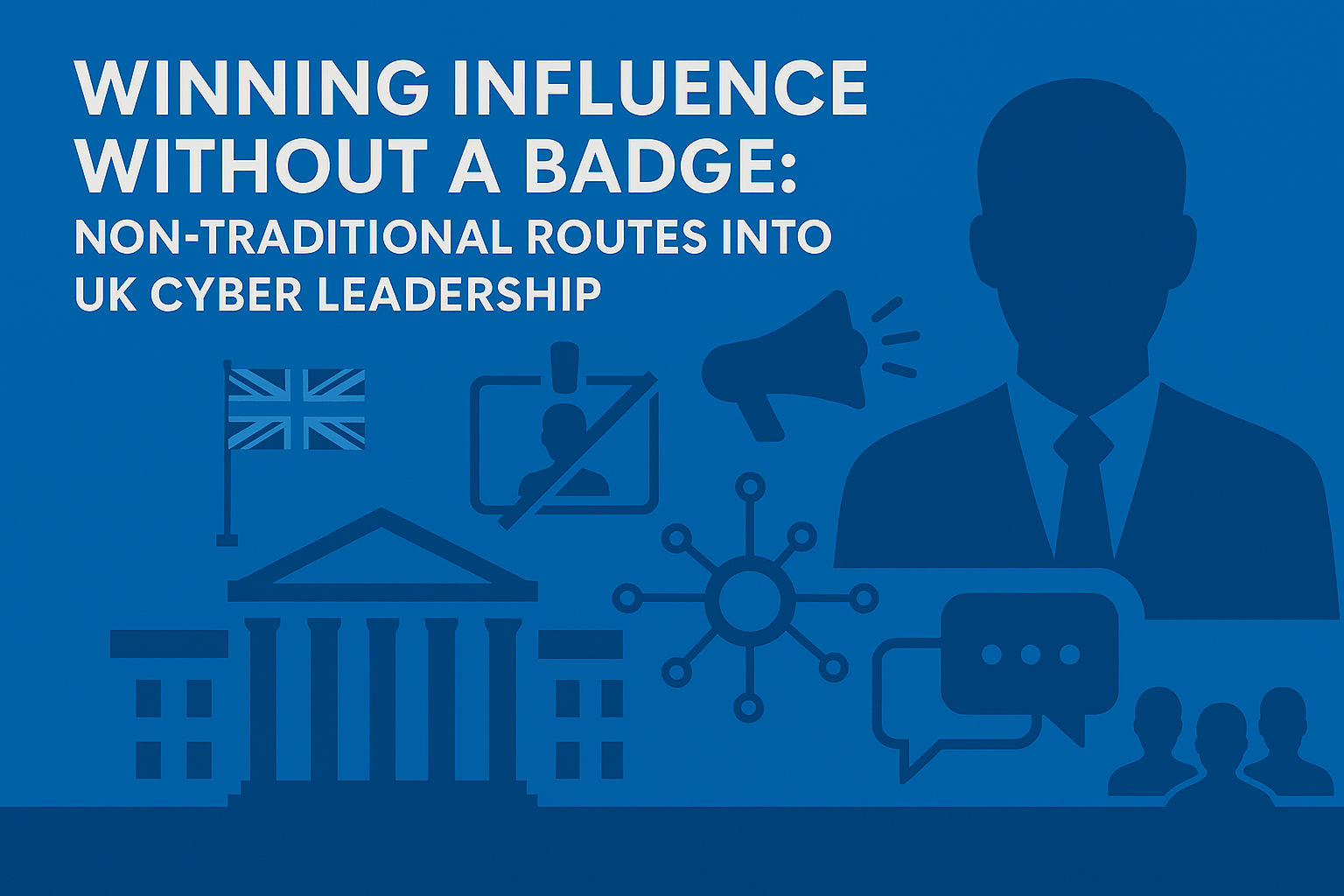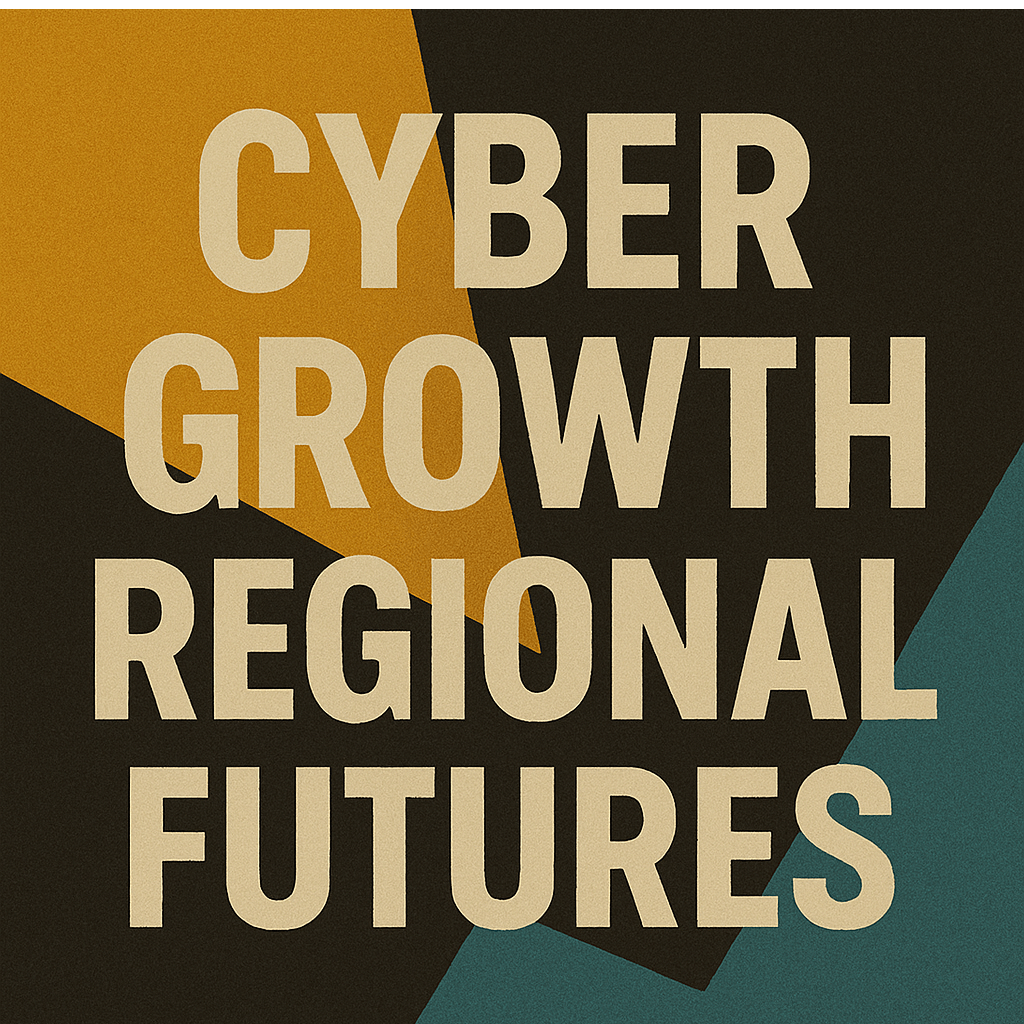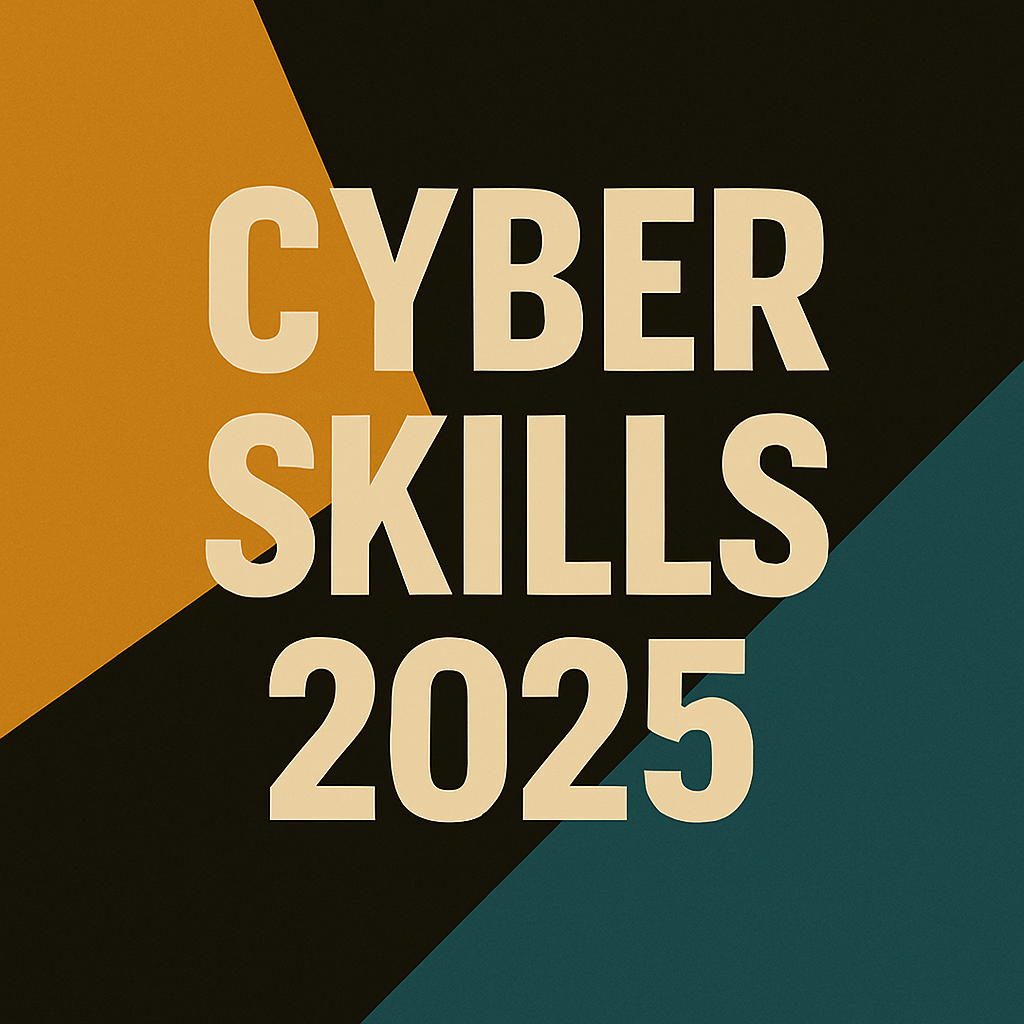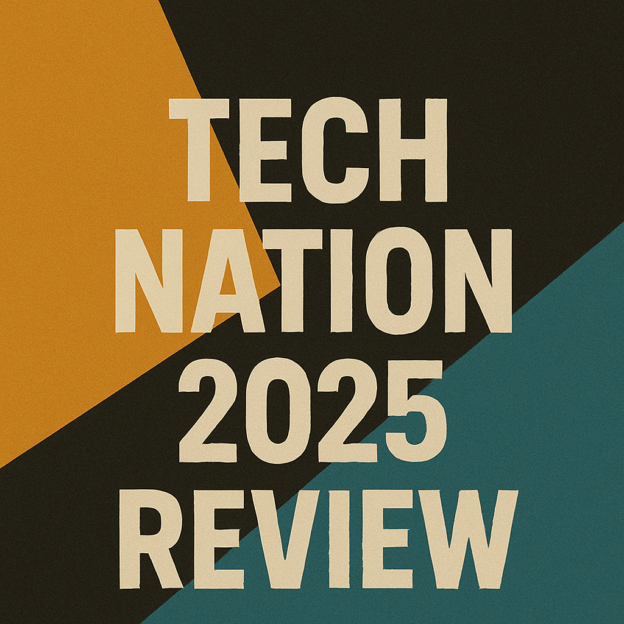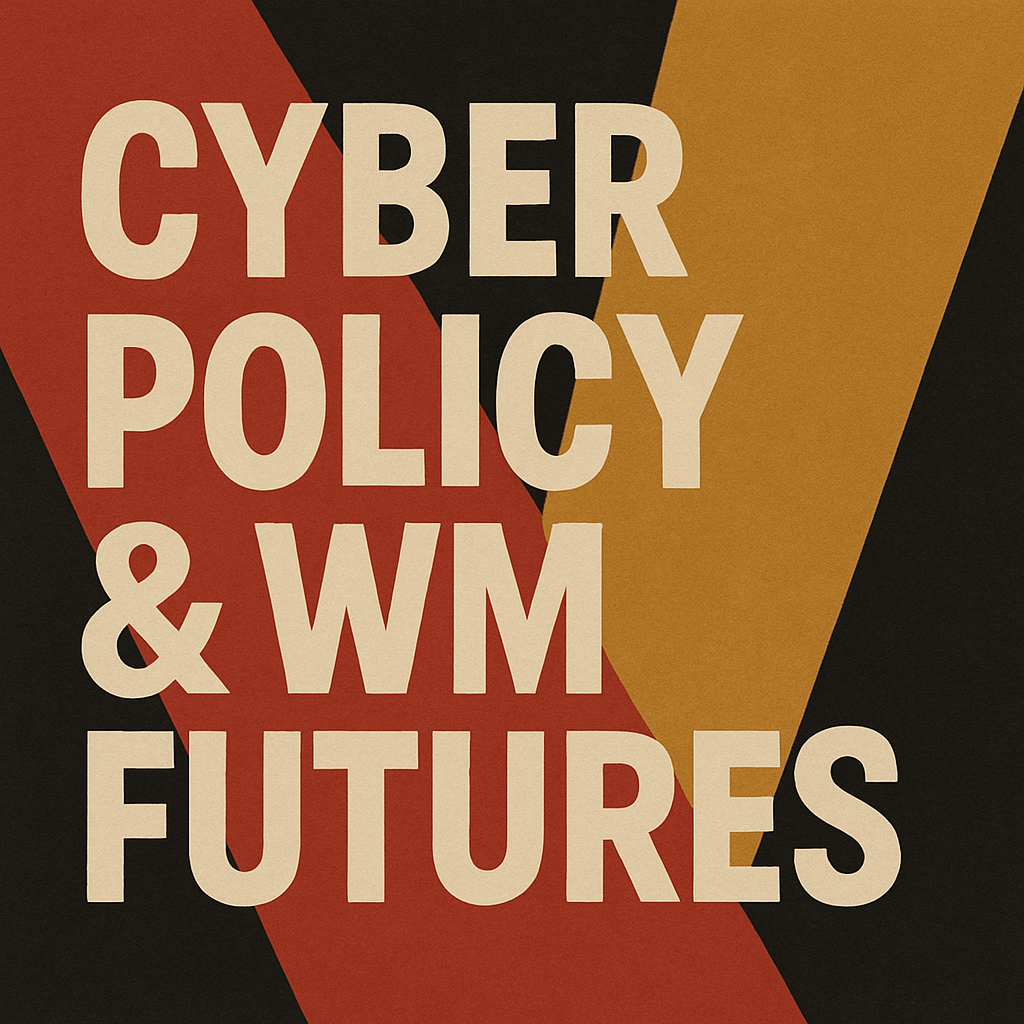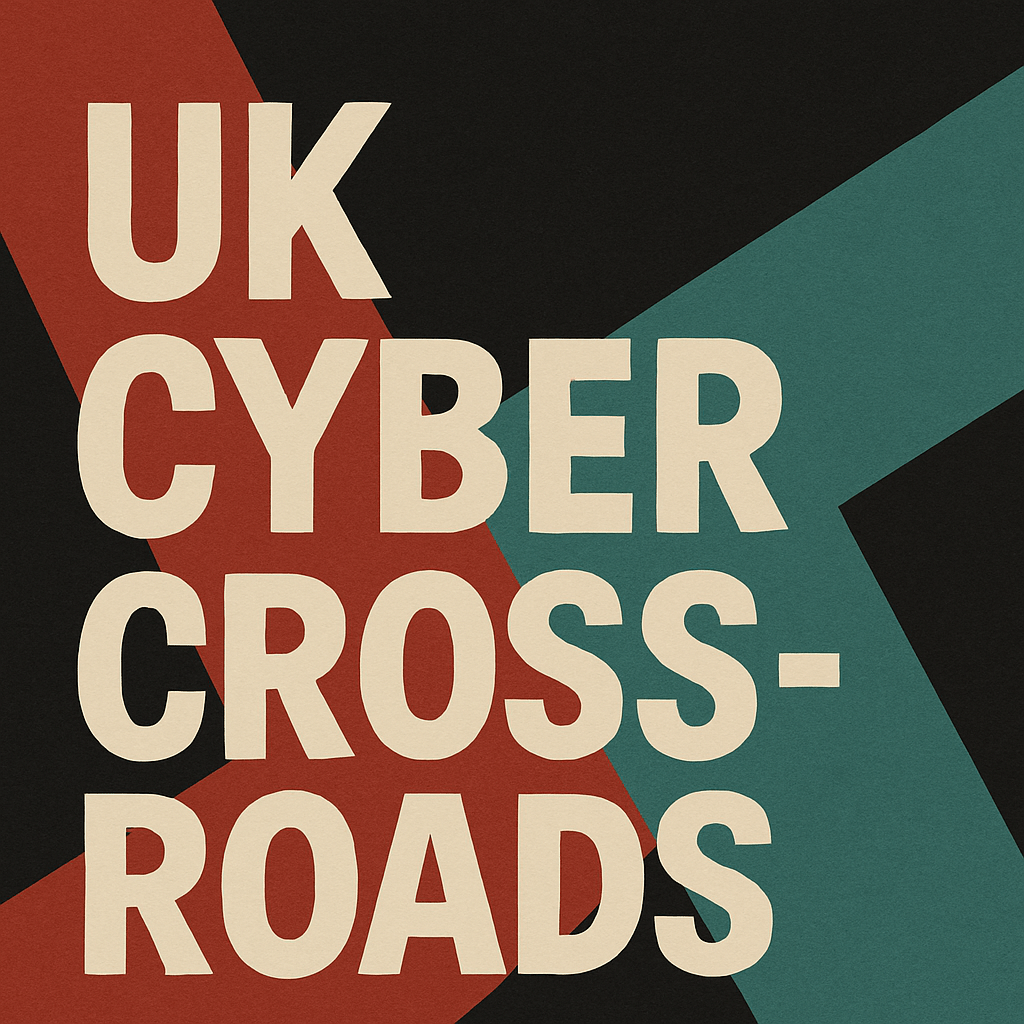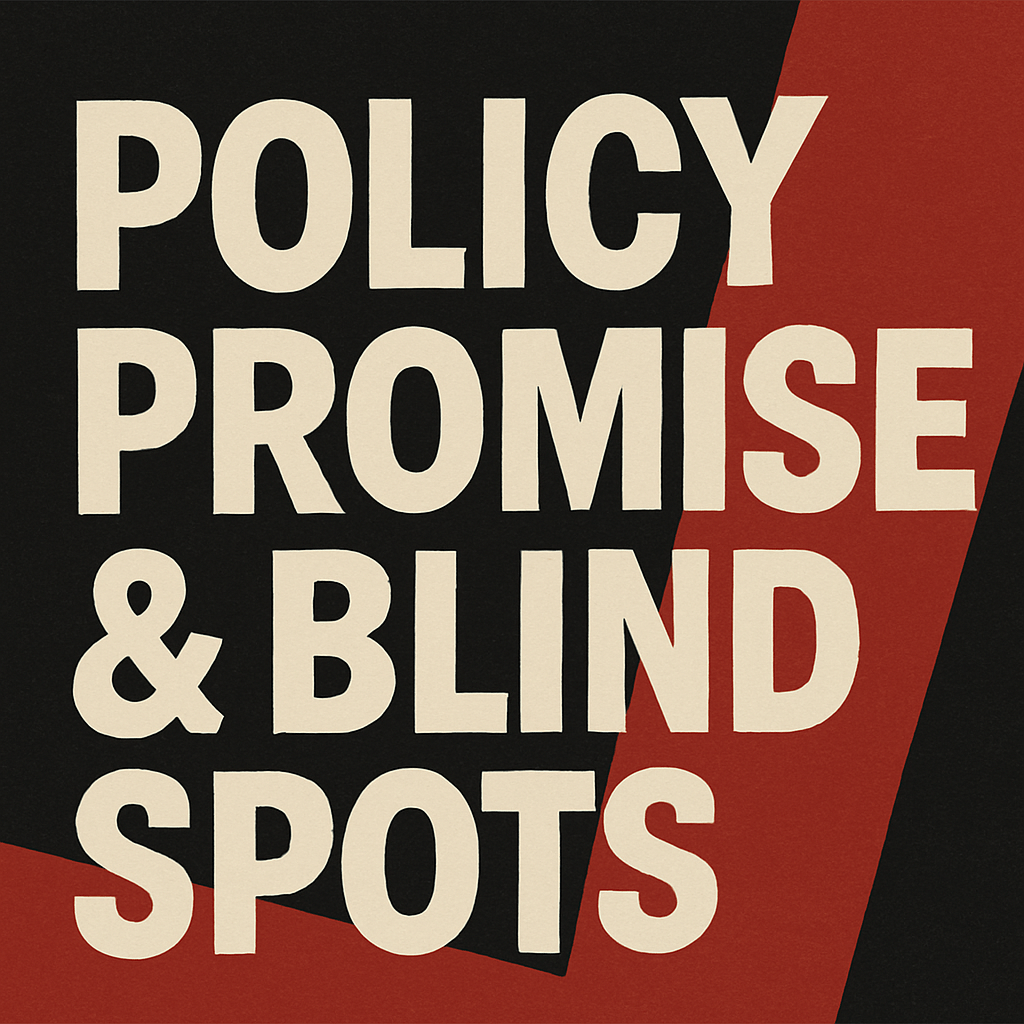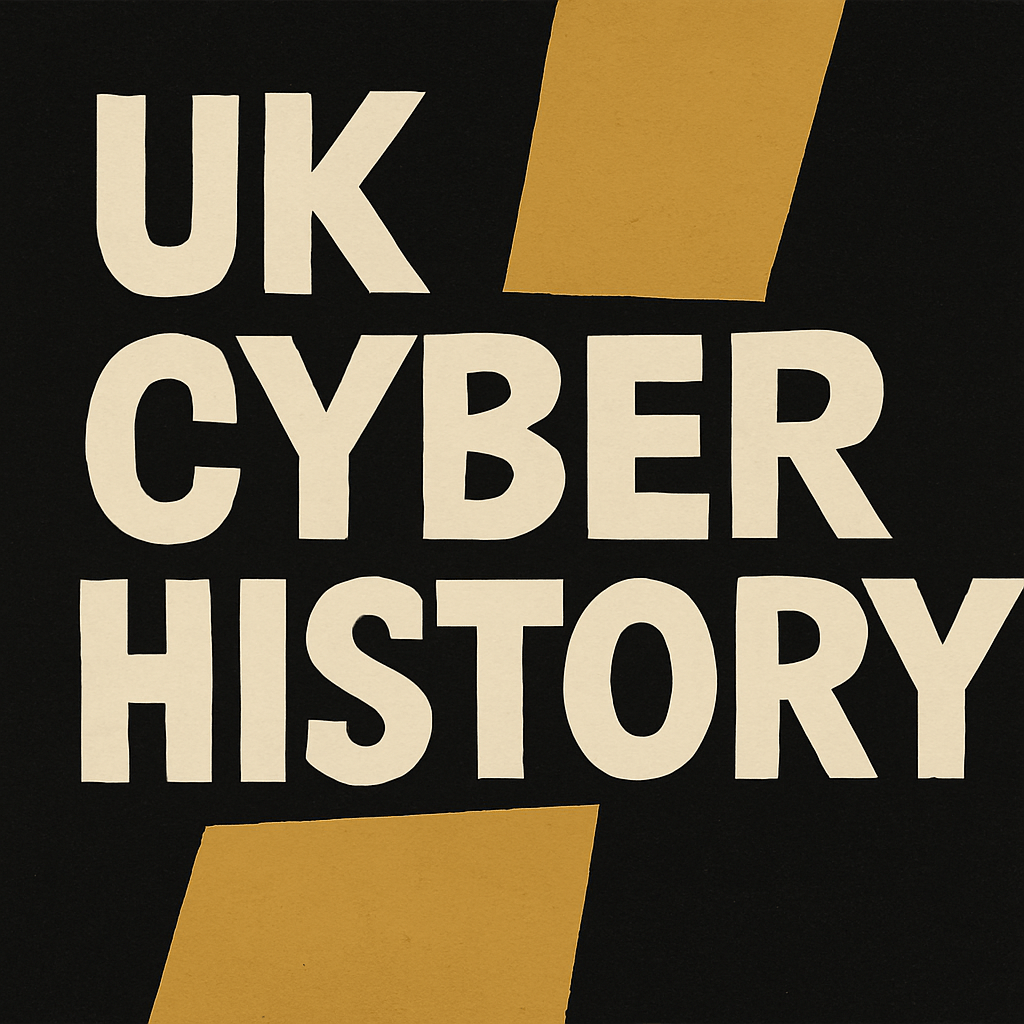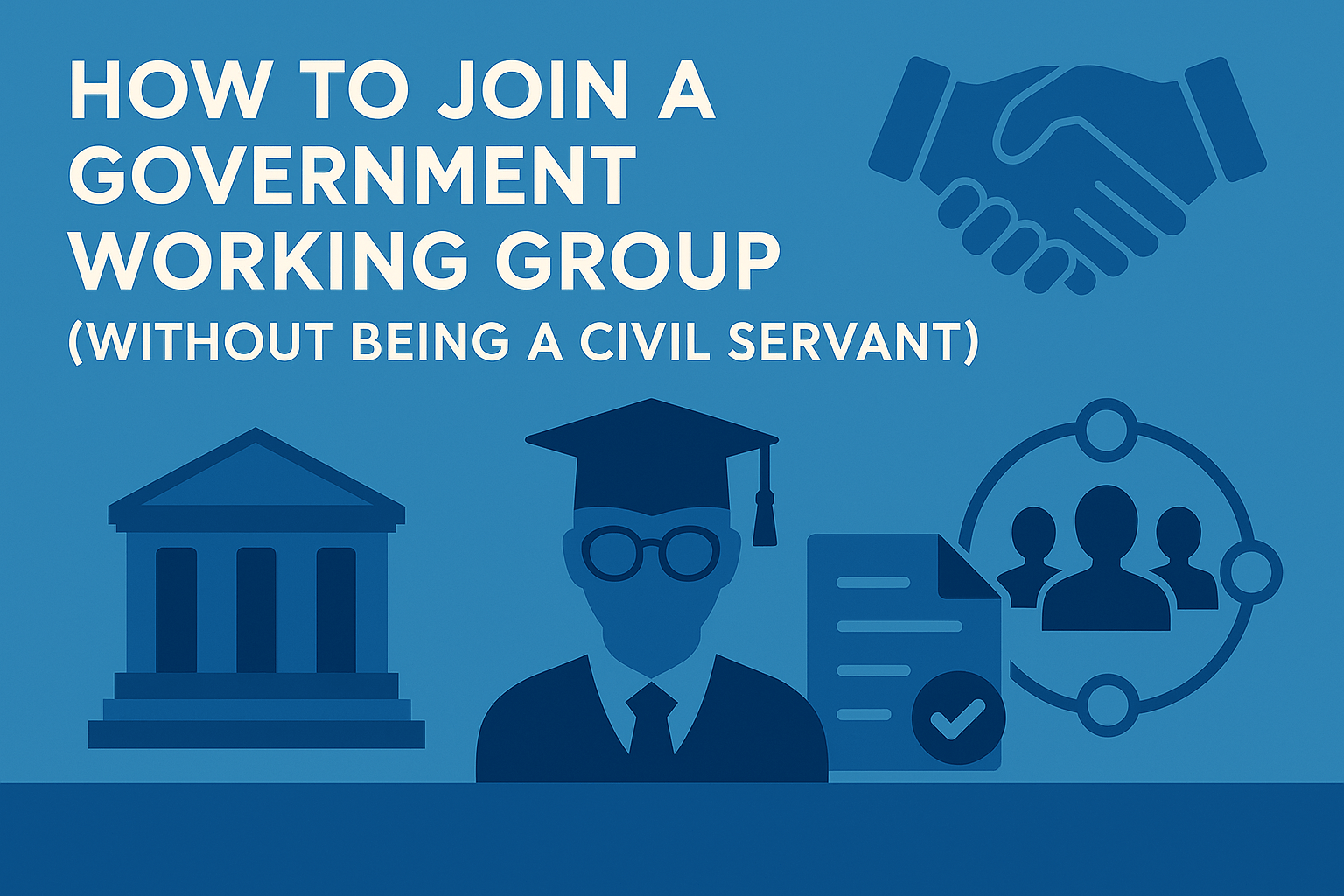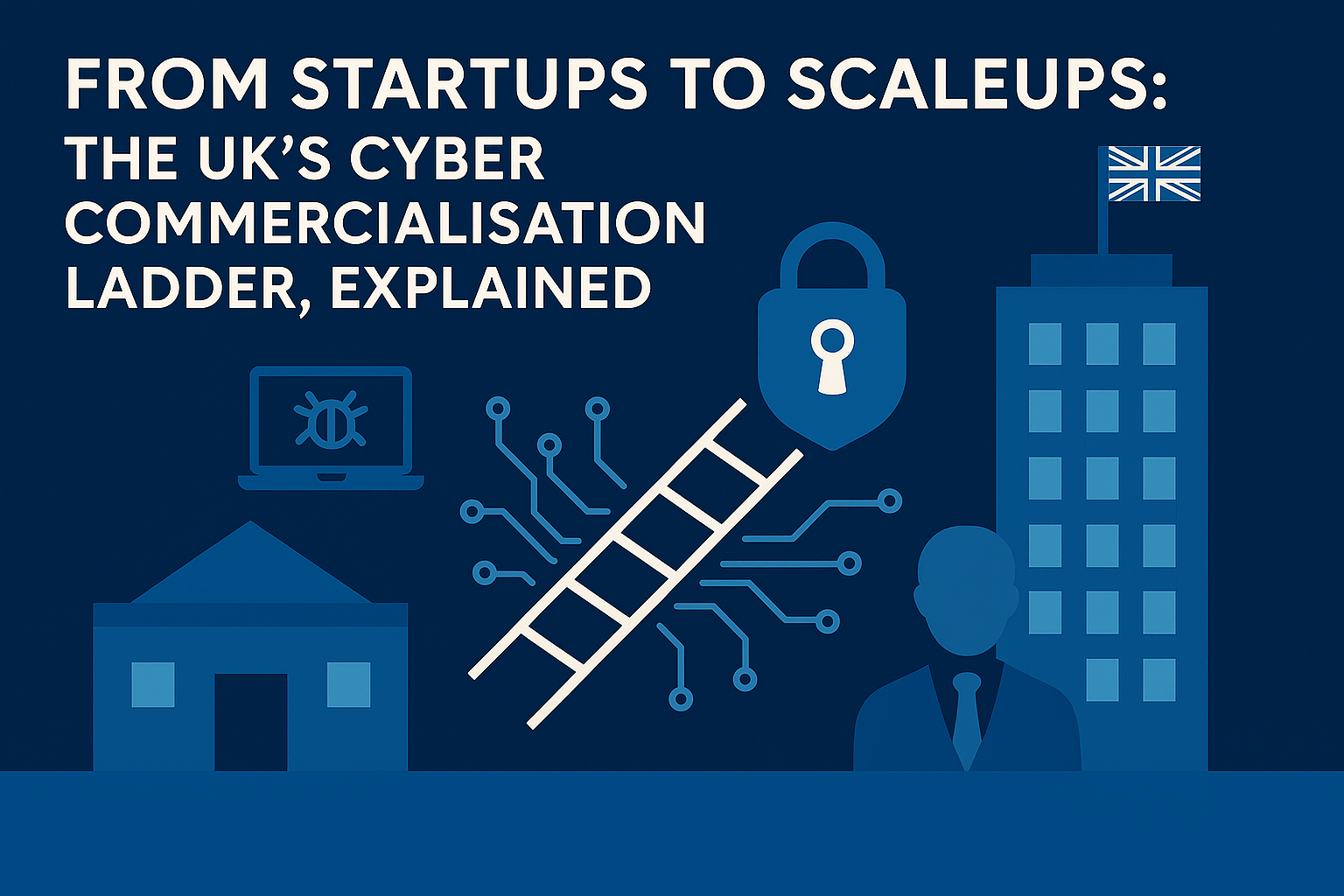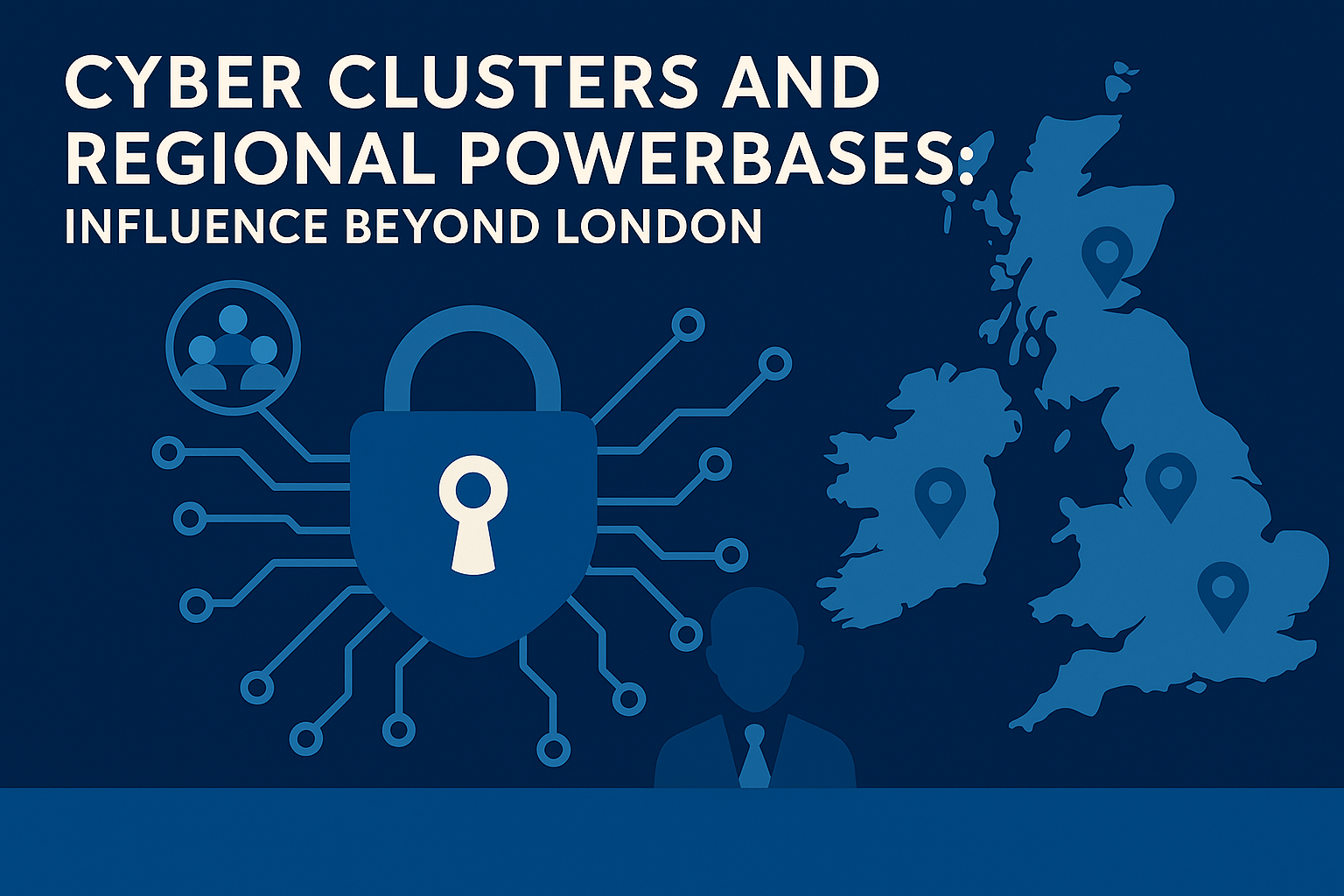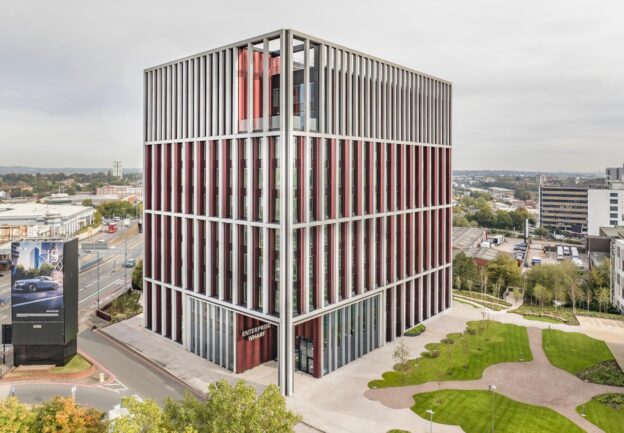2025 has been a year of noise, policy papers, strategies, and growth plans, each declaring the next leap for UK cyber and regional innovation. But noise isn’t movement. Across six flagship reports, DSIT’s Cyber Growth Action Plan, WMCA’s Futures and Growth Plans, the Tech Nation 2025 report, the Midlands Engine Cyber & Defence report, and DSIT’s Cyber Skills 2025, the pattern repeats: good intent, weak execution, no continuity. Together, they map £77 billion in Gross Value Added (GVA), 143,000 cyber professionals, and £17 billion in projected uplift, but no coherent operating model. This paper builds one: treating cyber as economic infrastructure and the West Midlands as the proof-of-concept for a practitioner-led, resilient growth framework.
Continue reading →
